Elsevier and Jisc have established an agreement to enable continued reading access for UK researchers and to enable open access publishing. When publishing in eligible Elsevier journals, authors will be able to choose to publish open access at no additional cost to the author.
This agreement is effective until the end of December 2024.
This agreement supports corresponding authors affiliated with a Jisc participating institution (which BU is), regardless of the department in which they work.
Authors who publish under this agreement can:
- Publish their peer-reviewed research open access in hybrid journals, at no charge to the author.
- Publish their peer-reviewed research in fully gold open access journals at a discount on the list price APC.
- Publish eligible articles in a wide variety of participating Elsevier journals across disciplines.
- Rely on high-quality peer-review and experienced editorial support.
You can search for whether the intended journal falls under the agreement here.
Eligibility criteria
- The author must be the submitting corresponding author affiliated with an eligible institution
- Articles must have an acceptance date between 1.1.2022 and 31.12.2024
Instructions for corresponding authors
- Once your article has been accepted for publication in a participating journal, you will receive an email containing a link to the “post-acceptance author journey”. Upon selecting your publishing options, your affiliation will be validated by your institution, and you will be informed if the APC will be covered by the agreement.
- Upon publication, your final published open access article will be made freely available on ScienceDirect, the world’s largest publishing platform.
Other open access publishing options for authors
Authors can continue to choose to publish under the subscription model and self-archive their manuscript (Green Open Access) in line with Elsevier’s sharing policy.
Details of this agreement and others which BU holds with publishers such as Wiley and Springer, can be found here. Any queries, please contact openaccess@bournemouth.ac.uk
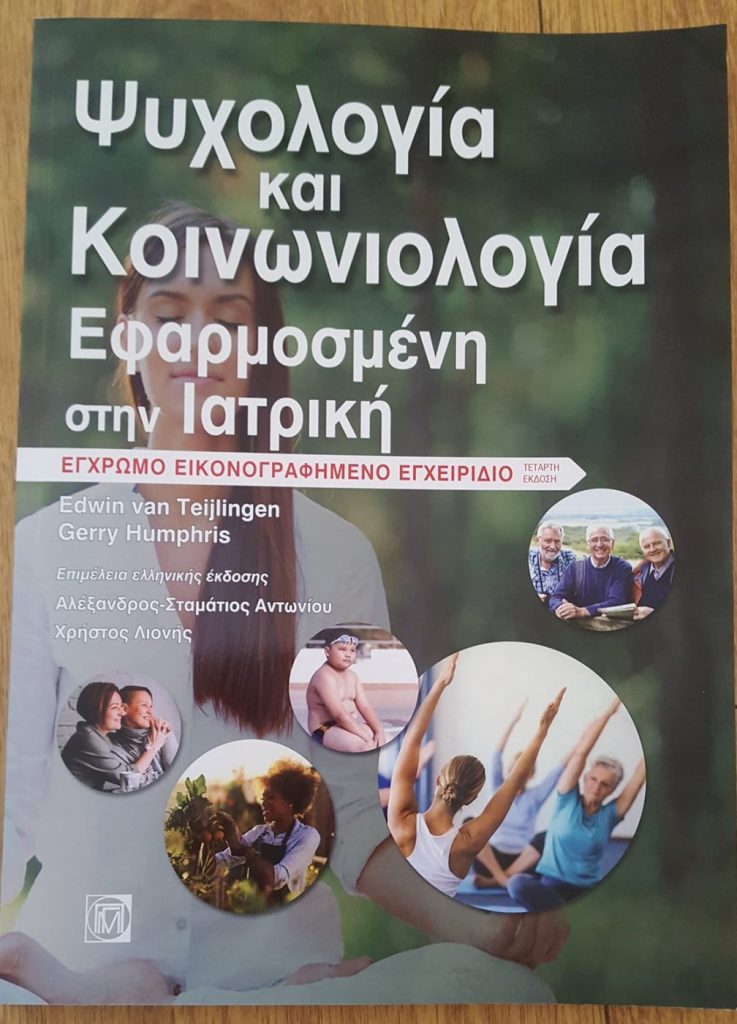

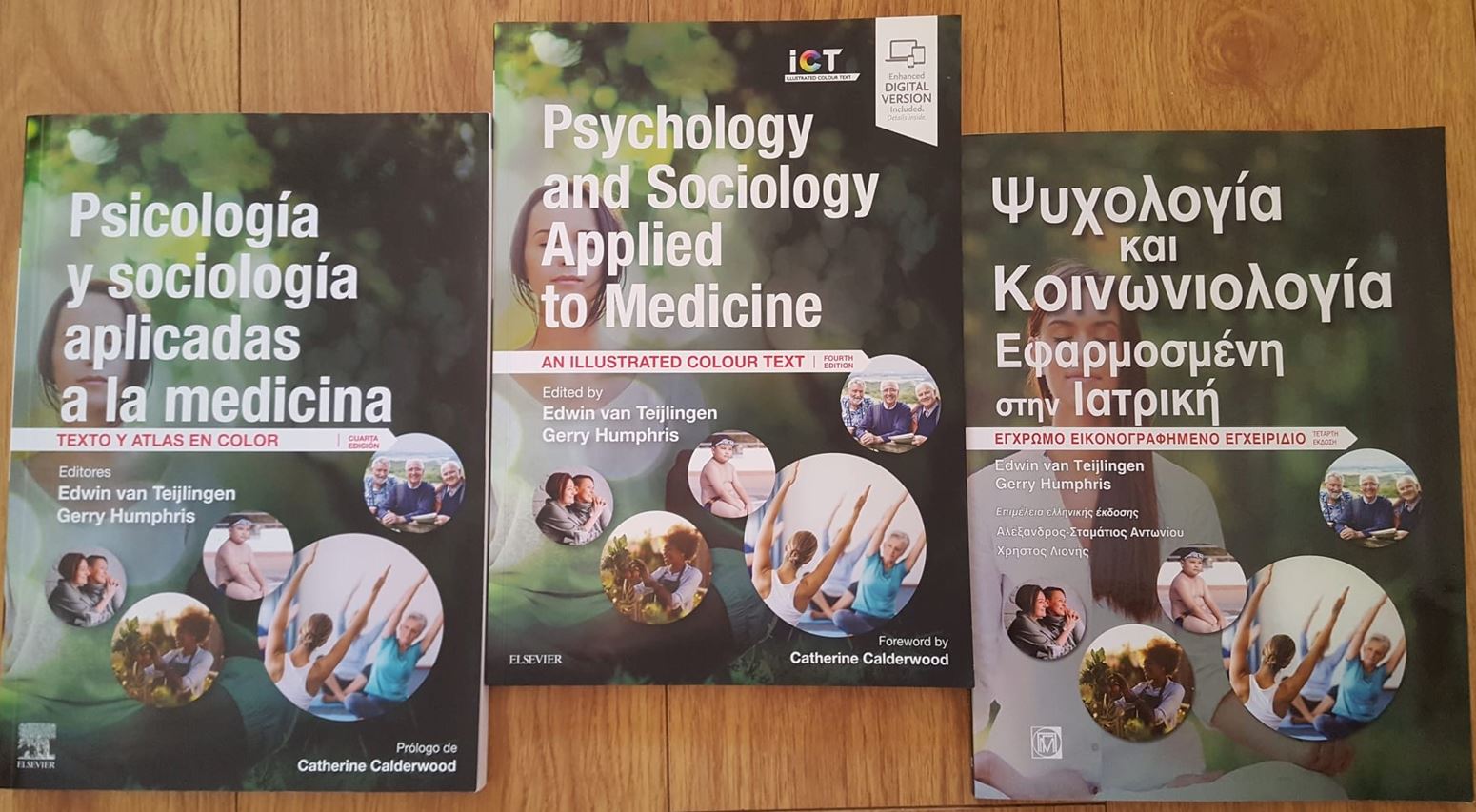
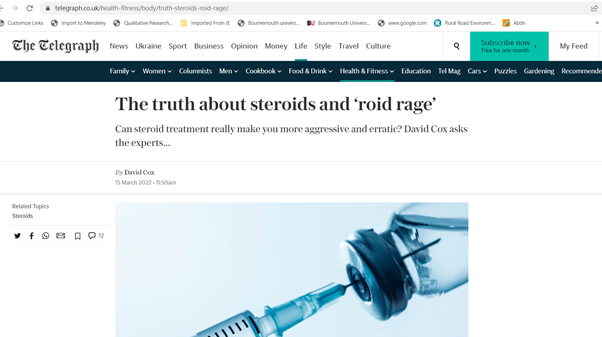

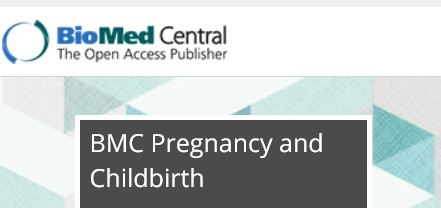
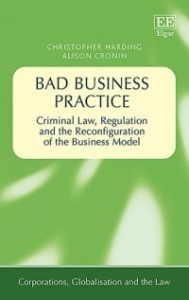
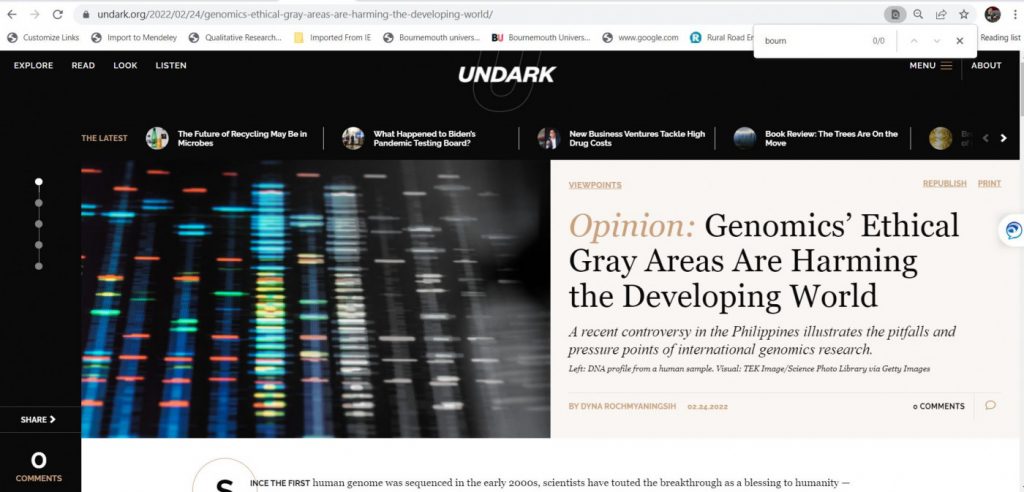
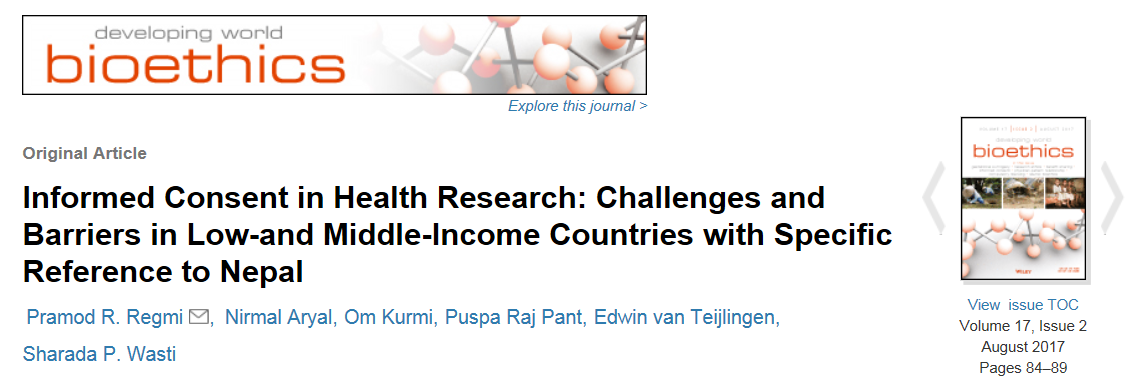
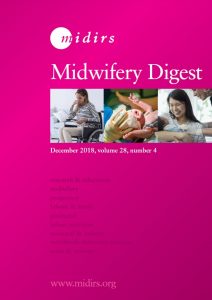
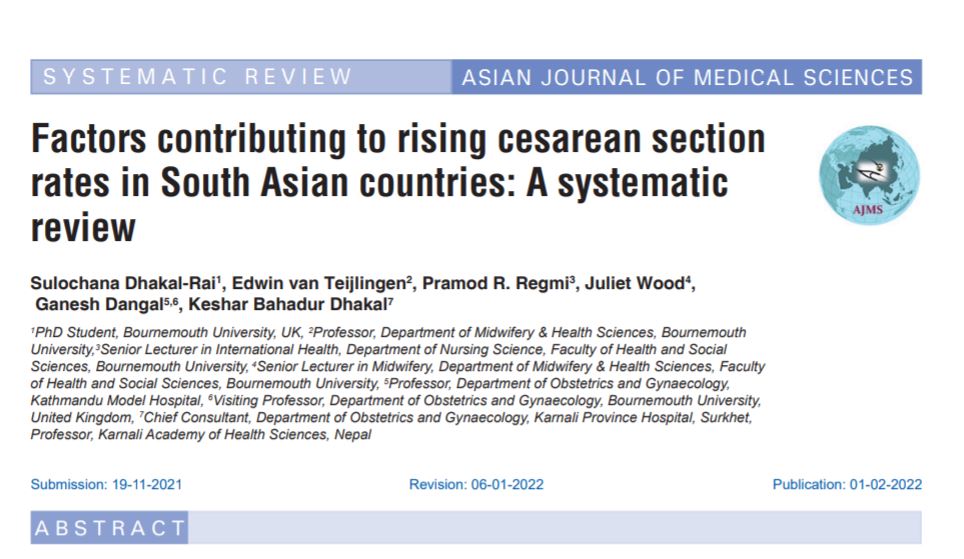 Congratulations to Bournemouth University’s PhD student Sulochana Dhakal-Rai on the publication today of the latest paper from her research thesis. This latest paper ‘
Congratulations to Bournemouth University’s PhD student Sulochana Dhakal-Rai on the publication today of the latest paper from her research thesis. This latest paper ‘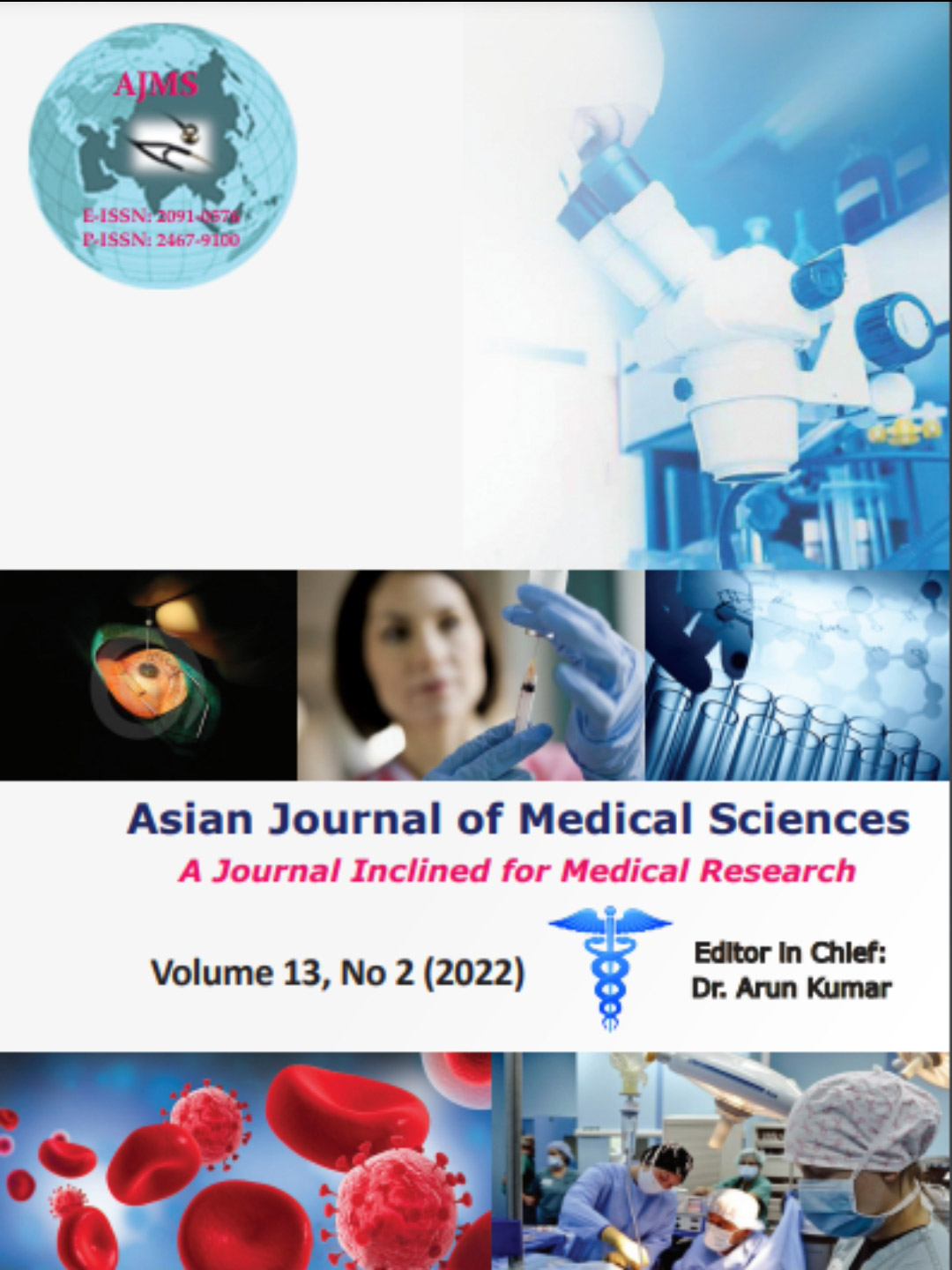 The paper is part of her PhD study of the rising CS rate in Nepal. This systematic review is co-authored with her BU PhD supervisors, Dr. Juliet Wood, Dr. Pramod Regmi and Prof. Edwin van Teijlingen as well as her Nepal-based supervisors Dr. Ganesh Dangel (FHSS Visiting Faculty) and Dr. Keshar Bahadur Dhakal. This is the sixth paper from Sulochana’s interesting and highly topical PhD thesis. The previous five were published in 2018, 2019 and 2021 [2-6].
The paper is part of her PhD study of the rising CS rate in Nepal. This systematic review is co-authored with her BU PhD supervisors, Dr. Juliet Wood, Dr. Pramod Regmi and Prof. Edwin van Teijlingen as well as her Nepal-based supervisors Dr. Ganesh Dangel (FHSS Visiting Faculty) and Dr. Keshar Bahadur Dhakal. This is the sixth paper from Sulochana’s interesting and highly topical PhD thesis. The previous five were published in 2018, 2019 and 2021 [2-6].
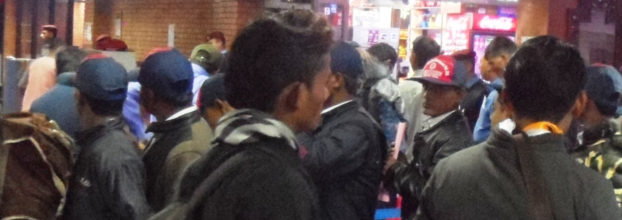

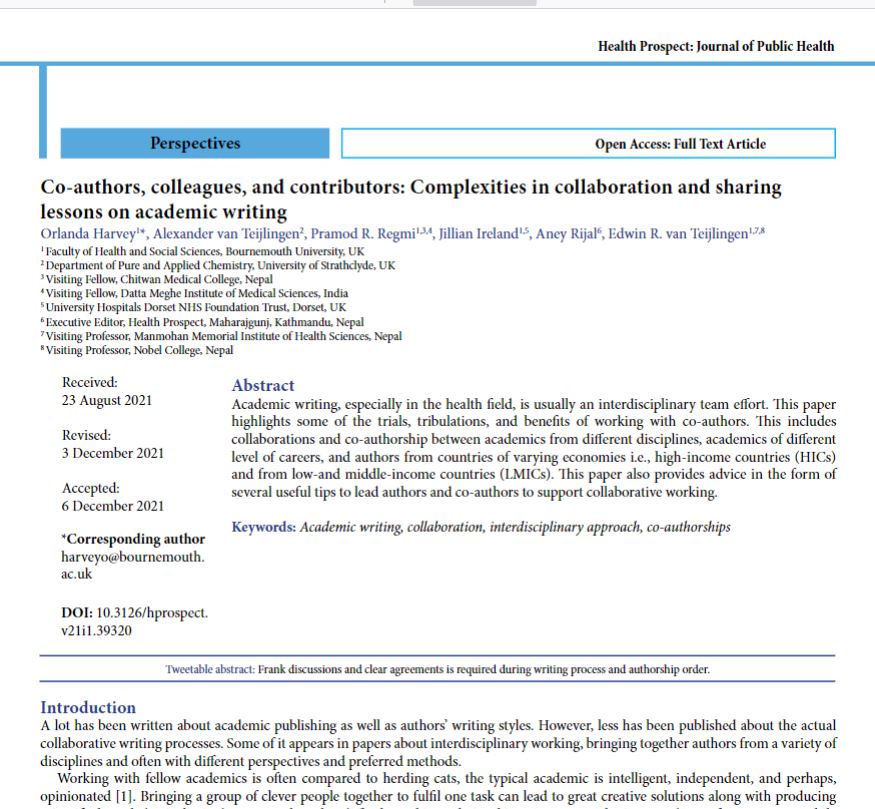
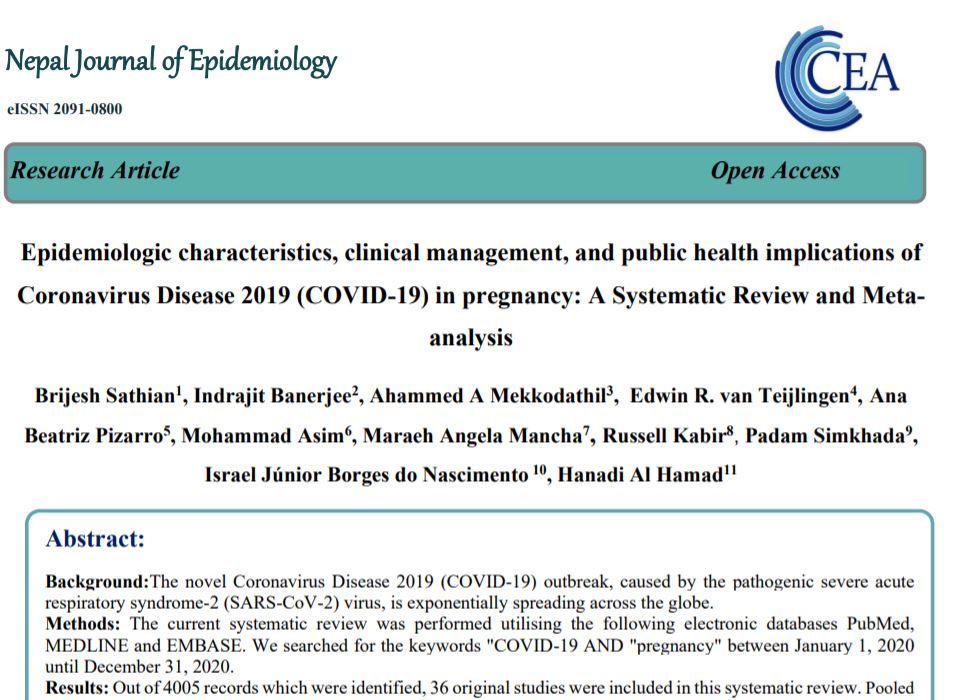 This review covered the published literature on the epidemiology, clinical management and public health prevention aspects of pregnancy and childbirth and coronavirus (COVID-19) up until December 2020. We worked hard and fast to submit the paper as soon as possible after the end of 2020 to be able to publish up-to-date findings. We managed this and submitted the paper on March 5th, the peer-review took some months and so did the making of the revisions. As a result we resubmitted the manuscript of 29 September and we got the acceptance email within a week. We made it into the next issue of the Nepal Journal of Epidemiology which published exactly one year after the data collection period had ended for our systematic review.
This review covered the published literature on the epidemiology, clinical management and public health prevention aspects of pregnancy and childbirth and coronavirus (COVID-19) up until December 2020. We worked hard and fast to submit the paper as soon as possible after the end of 2020 to be able to publish up-to-date findings. We managed this and submitted the paper on March 5th, the peer-review took some months and so did the making of the revisions. As a result we resubmitted the manuscript of 29 September and we got the acceptance email within a week. We made it into the next issue of the Nepal Journal of Epidemiology which published exactly one year after the data collection period had ended for our systematic review.
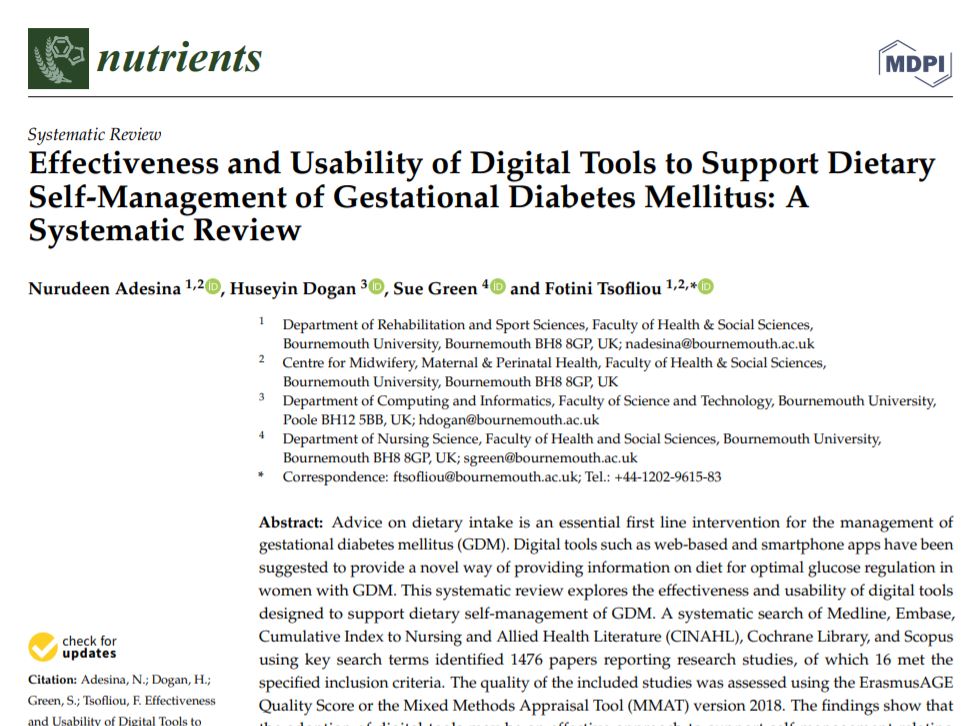
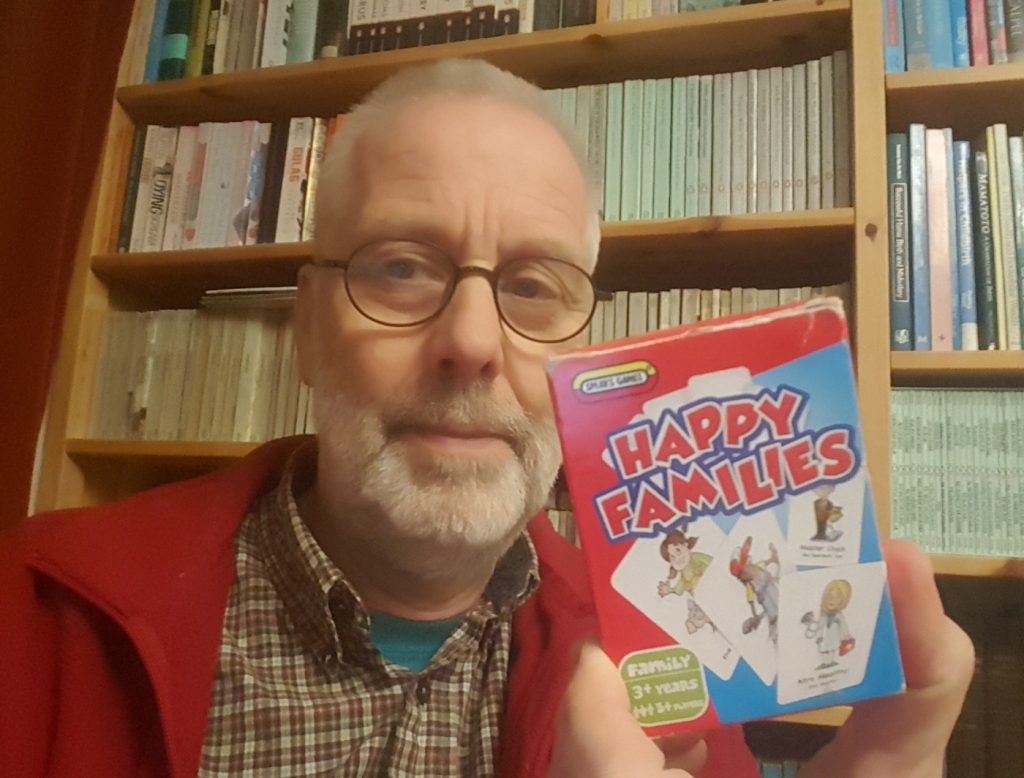
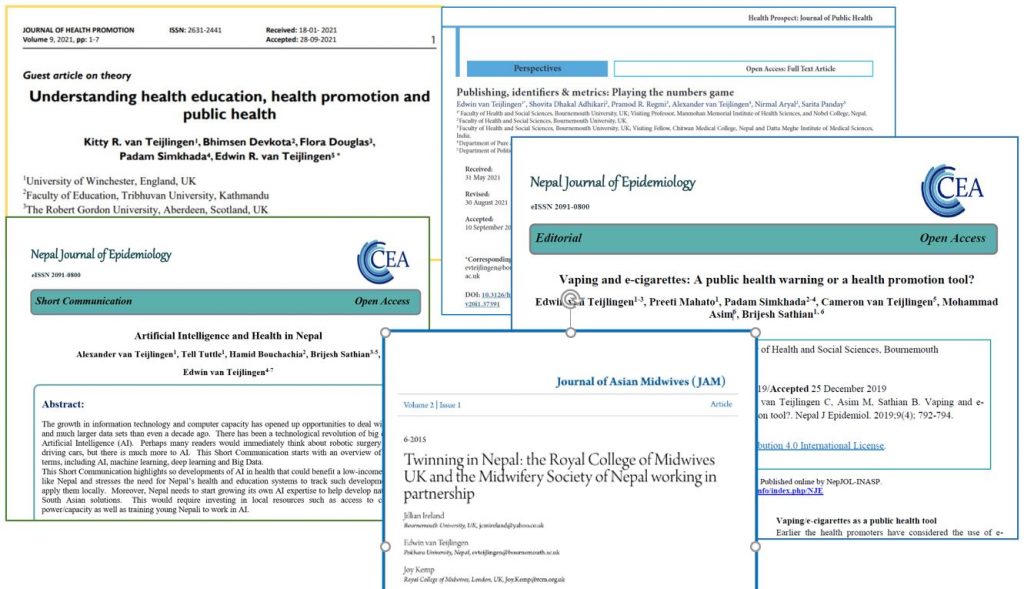












 Up2U: New BU academic publication
Up2U: New BU academic publication New BU midwifery paper
New BU midwifery paper BU academic publishes in online newspaper in Nepal
BU academic publishes in online newspaper in Nepal Final day of the ESRC Festival of Social Science
Final day of the ESRC Festival of Social Science Using Art to enhance Research
Using Art to enhance Research ECR Funding Open Call: Research Culture & Community Grant – Application Deadline Friday 12 December
ECR Funding Open Call: Research Culture & Community Grant – Application Deadline Friday 12 December MSCA Postdoctoral Fellowships 2025 Call
MSCA Postdoctoral Fellowships 2025 Call ERC Advanced Grant 2025 Webinar
ERC Advanced Grant 2025 Webinar Horizon Europe Work Programme 2025 Published
Horizon Europe Work Programme 2025 Published Horizon Europe 2025 Work Programme pre-Published
Horizon Europe 2025 Work Programme pre-Published Update on UKRO services
Update on UKRO services European research project exploring use of ‘virtual twins’ to better manage metabolic associated fatty liver disease
European research project exploring use of ‘virtual twins’ to better manage metabolic associated fatty liver disease